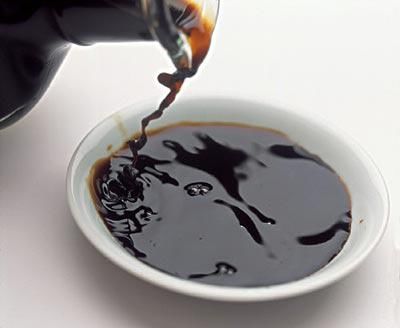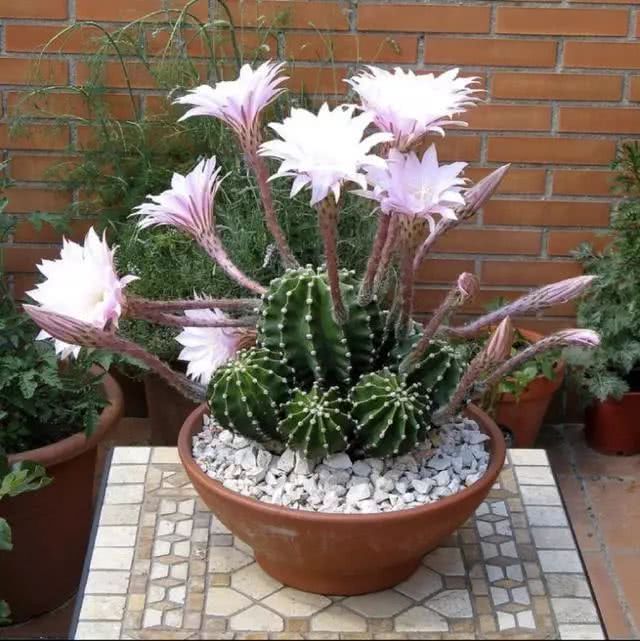Watering flowers with these 13 kinds of water not only has nutrition, but also can cure insects, prevent diseases and flourish flowers and leaves.

In our daily life, many flower lovers in addition to watering flowers with tap water, is spread on the Internet with milk and other methods of watering flowers
In fact, many special treated water can be used to irrigate flowers, which can produce special effects on flowers and trees. Some can cure insects and prevent diseases, some can bloom early, and some can bloom and flourish.
I. Vinegar watering flowers
Every half month or so, vinegar water mixed with water and vinegar according to the ratio of 50:1 can prevent and control the chlorosis of acid-loving flowers such as rhododendron and camellia, and can promote the enlargement of flowers and bright colors.
II. Beer watering flowers
Irrigation flowers with beer bottles can promote growth in summer and make leaves green in winter. If you irrigate Clivia, you can increase leaf width and clear veins. Watering chrysanthemum flowers from budding can make the fragrance of flowers stronger.
III. Rust irrigated flowers
Soak old nails, screws, iron pieces and other scrap iron in water until the color turns yellow and becomes rusty water. With this water watering yellow gardenia, can make leaves from yellow to green, and gradually shiny.
IV. Milk watering flowers
Fermented milk (spoiled milk) contains more phosphorus, potassium fertilizer, diluted with more water after watering flowers, flowers can flourish. Unfermented milk is not suitable for watering flowers. Because when it ferments, it produces a lot of heat that "burns" the roots (that is, rotten roots).
V. Salt water watering flowers
Irrigate cactus with 1%-2% dilute salt water, can enhance its disease resistance. Because cactus has certain salt tolerance.
VI. Watering flowers with residual tea
Fermented residual tea water flowers, both to maintain water, but also slowly release nitrogen, improve the aggregate structure of pot soil. However, according to the temperature of the flowerpot, it is necessary to pour it regularly, and it is not possible to pour residual tea casually.
Seven, cold boiled water watering flowers
Watering flowers with cold boiled water can have the effect of early bud emergence and gorgeous color. If you irrigate asparagus, you can promote the lateral development of its branches and leaves, and dwarf, dense.
VIII. Cigarette butts watering flowers
Soak with 1 1 2 days of cigarette butts irrigated flowers, both pest control, but also improve the pot soil.
IX. Rice washing and watering flowers
With fermented rice water irrigation mountain tea flowers, gardenia, osmanthus flowers, not only robust growth, but also more flowers, long flowering, floral concentration.
Ten, boiled eggs watered flowers
Boiled eggs water is rich in minerals, with this water watering flowers, can make its flowers luxuriant leaves, colorful.
Eleven, orange peel soaked in water to irrigate flowers
50g fresh orange peel soaked in 1000g water for 24 hours after watering flowers, not only can kill flying insects, but also can drive away the peculiar smell of fertilizer in the basin soil.
XII. Rainwater watering flowers
A device for storing rainwater by various devices, so that the collected rainwater can be used as water for watering flowers in general and can replace water sources.
XIII. Fish farming and watering flowers
If you have flowers and fish in your home, you can use the water from the fish tank to water the flowers. In this water, there is fish feces, which is more nutritious than other water used to water the flowers.
The water in the fish tank should be changed every day, and the flowers and plants also need to be watered every day. In this way, a lot of water will be used every day. If this method is adopted, not only can a lot of water be saved, but also flowers and fish can grow better.
In addition, when changing water, you can use a straw to suck the sediment below the bottom of the fish tank into the basin. After precipitation, filter the water in the basin once again.
Then, the filtered clean water is used for changing water the next day, and the remaining dirty water is used to irrigate flowers. In this way, when changing water for the fish tank every day, only a small amount of tap water can be added.
??? If you think the article is good, send it to your friend to see it?
Reply to "e-book" to get professional flower e-book!
Reply: Plant Name (such as Fortune Tree): View Cultivation Method
- Prev

If you have body odor in summer, take it easy and help you deal with it easily.
What happens to others is called a story, and what happens to oneself is an "accident". Until today, I finally have the courage to face this problem, open my heart and share my journey with you, because my child has finally got rid of the nightmare.
- Next

Flowers bought for 2 yuan are much easier to raise than green pineapple. Lazy people are amazing when they blossom exclusively.
2 yuan to buy potted flowers, much better than green pineapple, basically do not need to worry about, very suitable for lazy people to raise, and blooming is too amazing! This flower is the grass ball cactus, the scientific name short hair pill, native to South America, generally grows in high heat, dry.
Related
- Wuhan Hospital Iron Tree Blooming Result Was Instantly Frightened by the Gardener Master
- Which variety of camellia is the most fragrant and best? Which one do you like best?
- What is the small blue coat, the breeding methods and matters needing attention of the succulent plant
- Dormancy time and maintenance management of succulent plants during dormancy
- Minas succulent how to raise, Minas succulent plant pictures
- What are the varieties of winter succulent plants
- How to raise succulent plants in twelve rolls? let's take a look at some experience of breeding twelve rolls.
- Attention should be paid to water control for succulent plants during dormant period (winter and summer)
- Watering experience of twelve rolls of succulent plants
- Techniques for fertilizing succulent plants. An article will let you know how to fertilize succulent plants.

